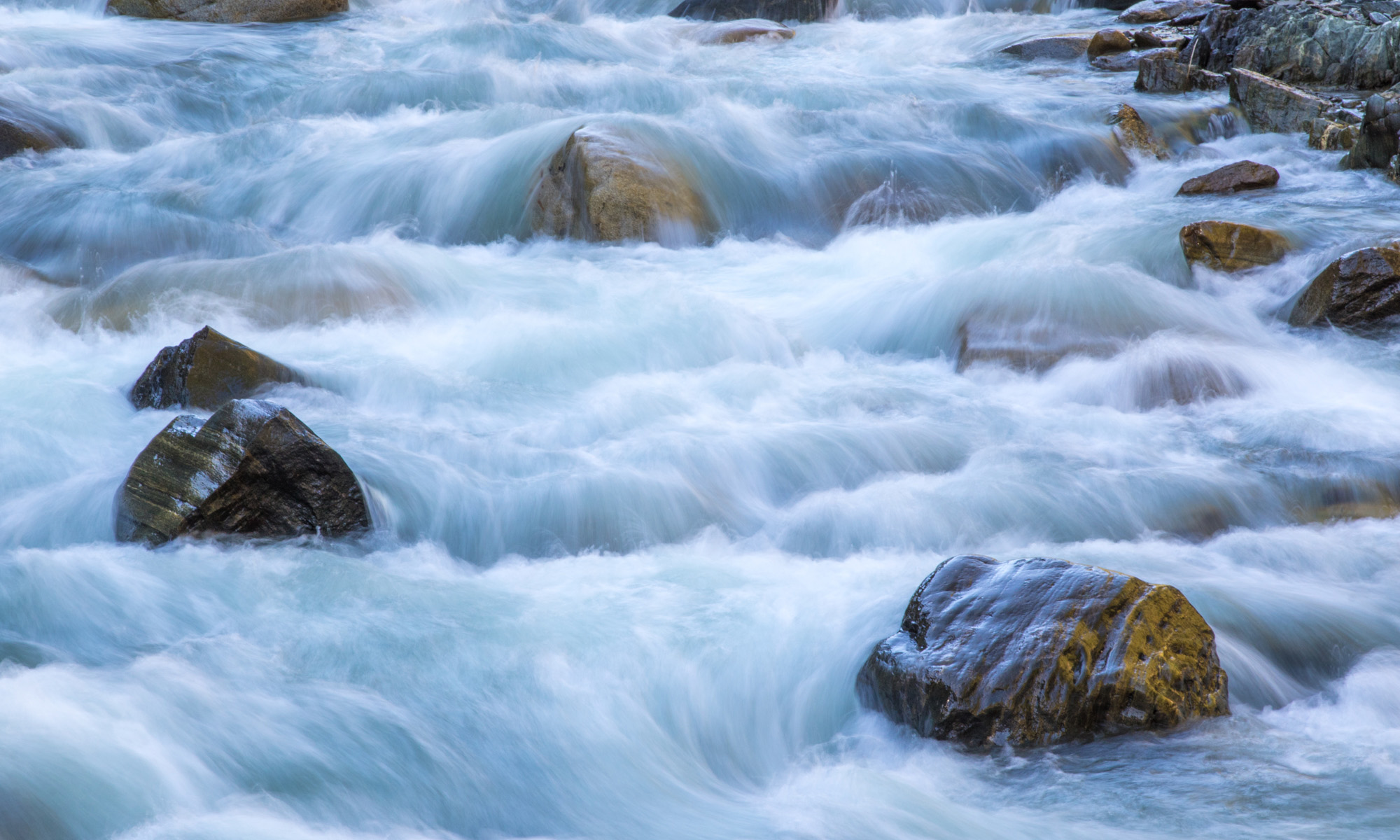Today’s Question: You’ve mentioned that the new Assisted Culling feature [in Lightroom Classic] is mostly helpful when reviewing portraits rather than other types of photography. But how helpful is this feature for identifying the best and worst photos from a portrait session?
Tim’s Quick Answer: I would say the new Assisted Culling feature in Lightroom Classic is good but imperfect for reviewing portraits, but I’m also confident it will continue to improve relatively rapidly.
More Detail: The Assisted Culling helps identify favorite versus outtake photos, in part by detecting whether an image is in focus and whether a person’s eyes were open, among other factors. Overall, it is relatively accurate, but it does make some mistakes.
For example, in my testing I found that if narrow depth of field was used intentionally, the image often gets marked with a low score because it isn’t perceived as having good focus. Similarly, I’ve found that images with somewhat dramatic lighting often get flagged as having exposure problems.
These sorts of challenges can obviously dilute the value of the Assisted Culling feature. However, it is important to recognize the considerable benefit this feature can provide as well.
The way I look at it, I wouldn’t blindly trust the Assisted Culling feature to identify my best photos. However, I would trust it to help me narrow a batch of photos to those most likely to be among my best from a photo shoot. For example, if I’ve captured a large number of photos, I would certainly leverage Assisted Culling to determine the photos I should focus on first, because the photos marked as rejected by Assisted Culling have a lower chance of being among my favorites.
In other words, for now I see the Assisted Culling feature as being helpful for enabling me to make the best use of my time by focusing on the photos marked as likely being among the best. But among those photos there will probably be some I would reject, and among those rejected by Assisted Culling I often find photos I like. So it is helpful, but not perfect, though again it will certainly improve over time.

